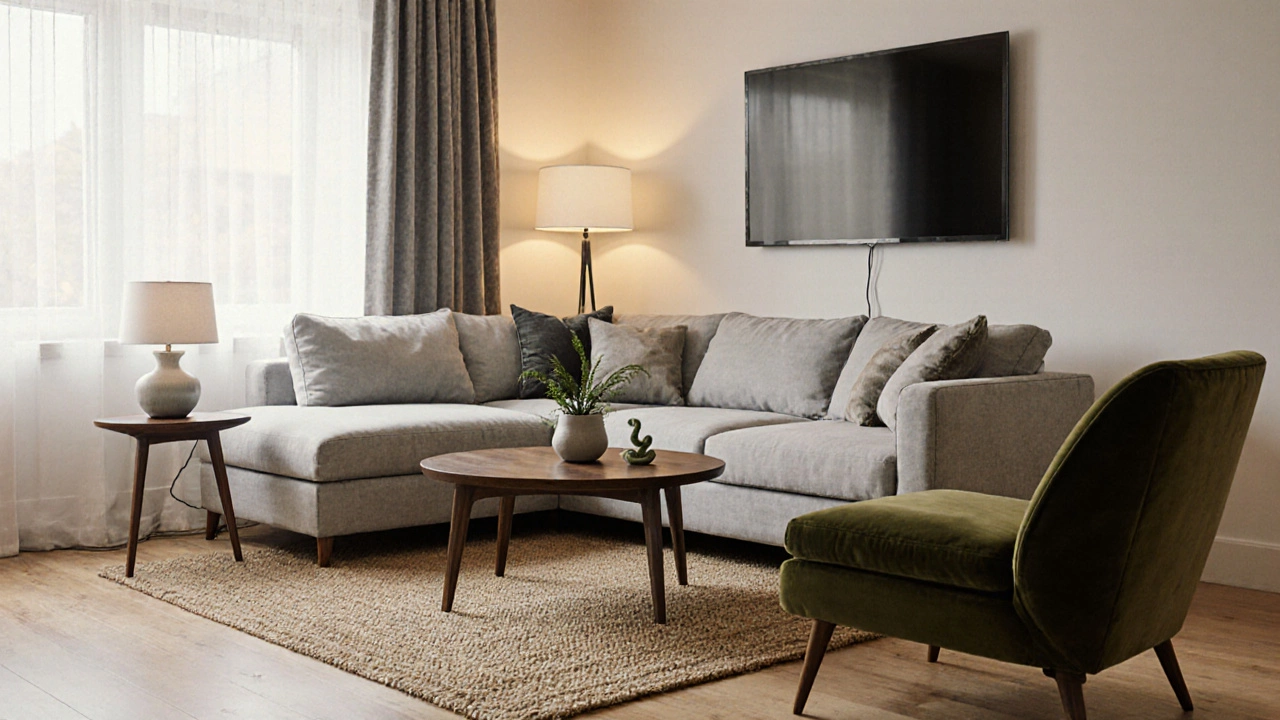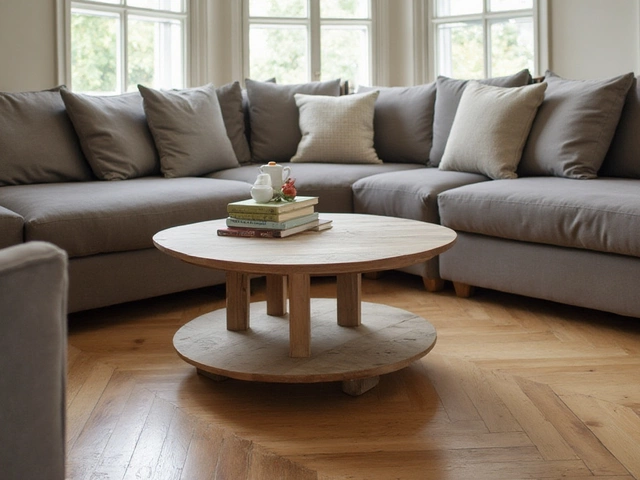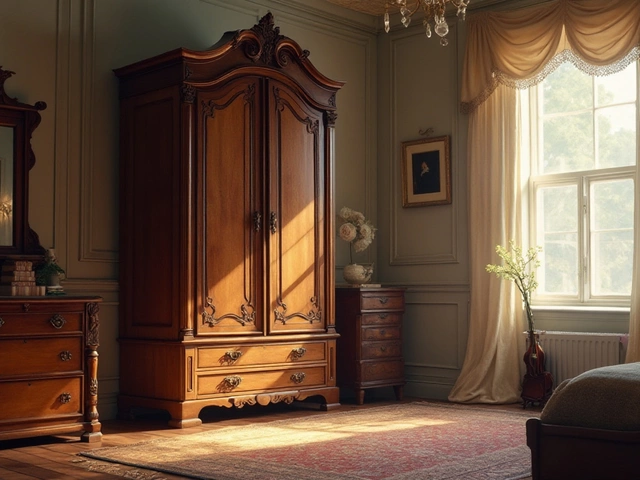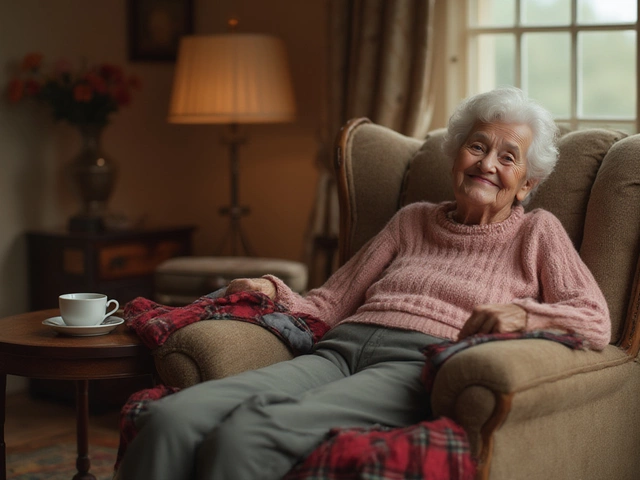Sofa Pairing: How to Match Sofas with Other Furniture for Better Living Spaces
When you think about sofa pairing, the intentional matching of a sofa with complementary seating, tables, or storage to create a balanced, functional living area. Also known as living room furniture coordination, it’s not just about color—it’s about how pieces work together to support how you actually live. A sofa isn’t meant to sit alone. It’s the anchor, and everything else should support it, not fight it. Too many people buy a sofa first, then grab whatever chair or side table looks nice in the store. That’s how you end up with a room that feels crowded, awkward, or just plain off.
Good sofa pairing, the intentional matching of a sofa with complementary seating, tables, or storage to create a balanced, functional living area. Also known as living room furniture coordination, it’s not just about color—it’s about how pieces work together to support how you actually live. isn’t about matching sets from the same catalog. It’s about balance. Think about scale: a large sectional needs a sturdy, low-profile chair beside it—not a dainty armchair that disappears. Think about function: if you read in the corner, pair your sofa with a chair that has good back support and a nearby side table. If you have kids or pets, choose durable fabrics and avoid fragile side tables. And don’t forget flow. A sofa placed too close to a doorway or blocking a walkway ruins the whole room, no matter how pretty the pairing looks in a magazine.
Some of the most common mistakes? Putting a sofa directly in front of a window without thinking about light or privacy. Pairing a modern sofa with an old-fashioned wingback chair that feels like it’s from another century. Or ignoring storage—your sofa might look great, but if you don’t have a place for blankets, books, or remotes, you’ll end up with clutter on the floor. The best pairings solve problems, not just look good. A corner sofa, a sofa designed to fit snugly into a room’s corner, maximizing space and creating a natural seating zone. Also known as L-shaped sofa, it works well with a small ottoman or low storage bench to keep things tidy. A recliner chair, a chair with a mechanism that allows the back and footrest to tilt back for relaxation. Also known as power recliner, it pairs best with a sofa that doesn’t block its movement—leave room to kick back.
What you’ll find in the posts below are real examples of how people fix their living rooms by thinking about sofa pairing—not just aesthetics, but comfort, space, and daily use. You’ll see how to place a sofa in front of a window without losing light, how to choose a chair that doesn’t clash with your sectional, and why some furniture combinations just don’t work, no matter how trendy they look. No fluff. No guesswork. Just clear, practical advice from people who’ve been there.





